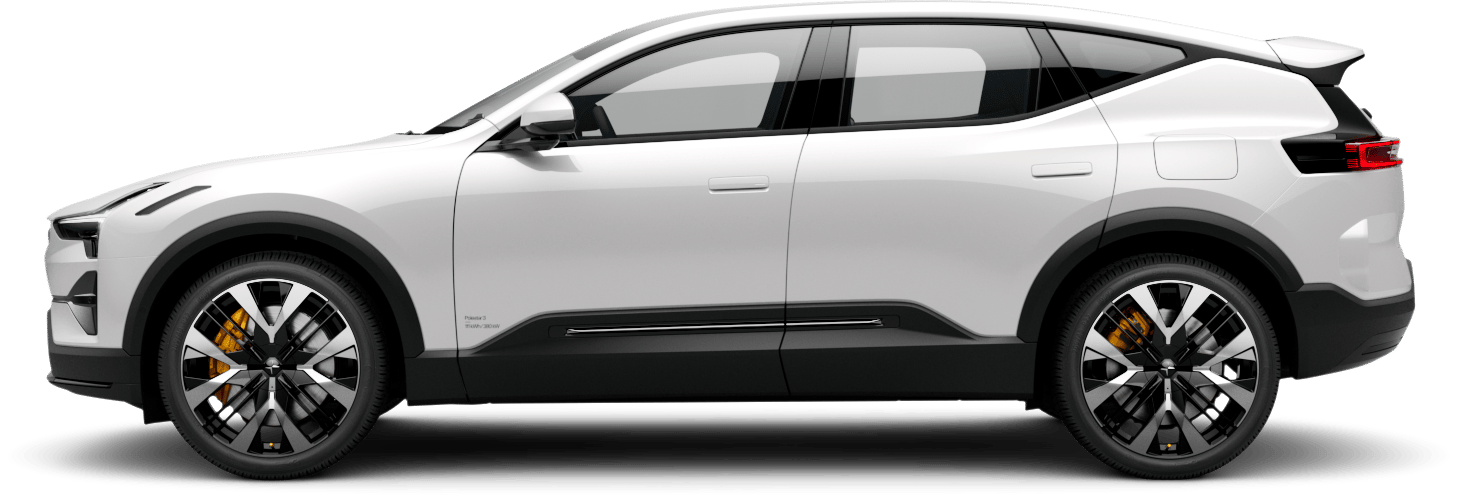We do believe in labels: Polestar’s product sustainability declaration initiative
Contents are exactly as advertised.

Consumers are a huge driving force in the shift to a sustainable economy. They need to be given the right tools to make informed and ethical decisions.
Sustainability is currently at the top of every company’s list of priorities. The scramble to communicate environmental credentials has begun. Greenwashing, the act of presenting a product or process as cleaner than it actually is (or worse, clean when it’s not), can be seen across industries. And while it’s hard to sympathise with, their motives are somewhat understandable. Climate change is a crisis that’s unfolding in real time. Nobody wants to be seen as part of the problem.
Which creates another problem. Transparency is clearly the key to greater sustainability. Companies need to be honest about their products and their provenance, so that consumers can make informed choices. Presenting something as green when it’s not leads people to think they’re making a change. And they’re not. And the climate crisis becomes that much more critical.
Therefore, we’ve begun with sustainability labelling: adorning each product with a product sustainability declaration showing cradle-to-gate ton CO2e and traced materials, with percentage of recycled/renewable materials to follow. Displayed both in our spaces and on our site, this initiative aims to create greater transparency by clearly stating a product’s climate impact and traceability, with circularity to be added. For instance, Polestar 2 rolls out of the production facilities with a 26-ton CO2e footprint. The public should be aware of that number.
“Consumers are a huge driving force in the shift to a sustainable economy. They need to be given the right tools to make informed and ethical decisions,” says Polestar CEO Thomas Ingenlath.
A lack of total transparency is tantamount to failure when working towards greater sustainability. Successes should be communicated (greenhushing, greenwashing’s lesser-known sibling, is also to be avoided), failures should be documented, and lessons must be learned. We published our LCA report in the spirit of full transparency. We’re publishing our annual review in that same spirit.
Not being forthcoming about the climate impacts of products, their components and their production is the equivalent of burying a medication’s harmful side effects in the small print. It goes beyond deceitful. It’s dangerous. And Polestar won’t be a part of it.
When it comes to Polestar, the contents are exactly as advertised.








